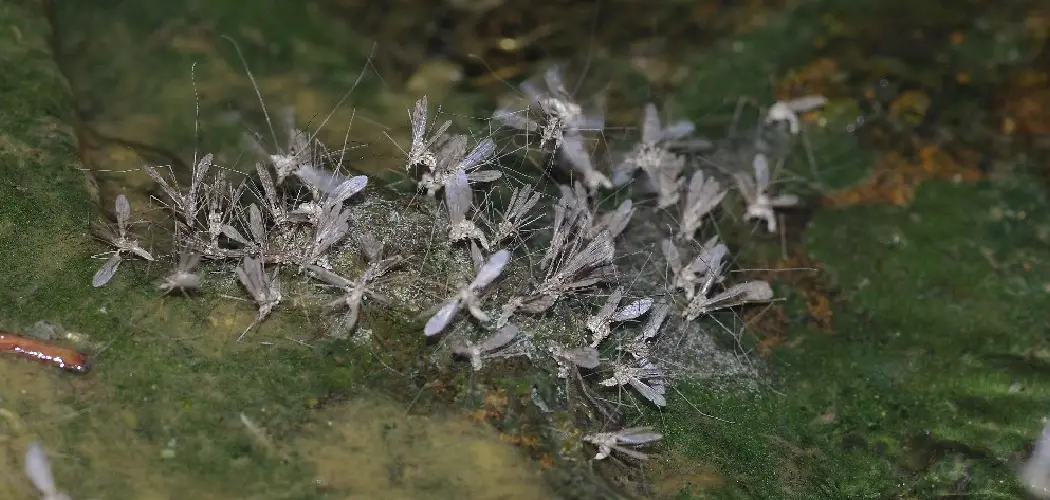Gnats can be a pesky nuisance, especially when they are drawn to light sources in your home. These tiny flying insects are often attracted to lamps, screens, and other bright surfaces, making them difficult to ignore. While they may seem harmless at first, an unchecked gnat problem can quickly escalate.
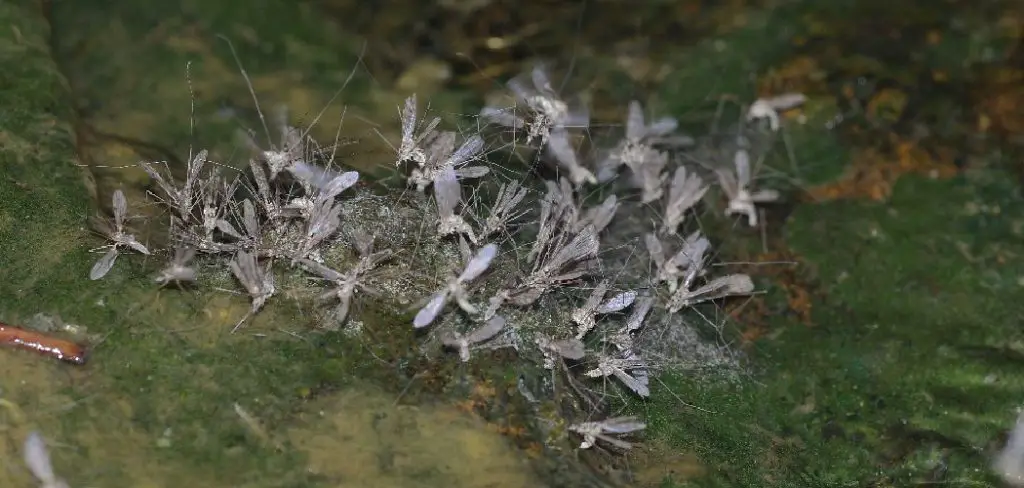
Understanding what causes their attraction to light and implementing effective strategies to eliminate them can help restore comfort to your living space. Understanding how to get rid of gnats attracted to light can help in maintaining it properly and troubleshooting common issues that may arise over time.
Why Are Gnats Attracted to Light?
Gnats, like many insects, are drawn to light due to a phenomenon called phototaxis. This behavior describes their instinctive attraction to light sources, which they often perceive as a guide for navigation, especially during nighttime. Artificial lights, such as bulbs or screens, can disrupt their natural orientation, causing them to cluster around these sources.
Scientists believe this behavior might stem from how insects use natural light, such as the moon, to maintain a steady course. However, when artificial lights are introduced, it confuses their navigation system, leading them to spiral towards the brightness. This understanding is crucial for developing strategies to manage and reduce their presence in your home.
Where Gnats Are Coming From
Gnats are tiny flying insects that often seem to appear out of nowhere, but their presence usually stems from specific environmental conditions. They are typically attracted to damp, warm areas that provide the perfect breeding ground for their larvae. Common sources include overwatered houseplants, garbage disposals, uncovered trash cans, and food spills. Fruits and vegetables, especially when overripe, are another significant attractant for gnats, as they feed on the moisture and organic matter. Outdoor factors, such as compost piles or stagnant water, can also contribute to indoor infestations when gnats find their way into your home. Identifying and addressing these sources is key to effectively managing gnat populations.
10 Methods How to Get Rid of Gnats Attracted to Light
1. Use Vinegar Traps Near Light Sources
One of the most effective and natural methods to capture gnats is by creating a simple vinegar trap. Mix apple cider vinegar with a few drops of dish soap in a shallow bowl. The vinegar lures them in, while the dish soap breaks the surface tension so they sink and drown. To increase effectiveness, place the trap near light sources where gnats tend to gather, such as a lamp or windowsill. This dual attraction helps target their behavior more precisely.
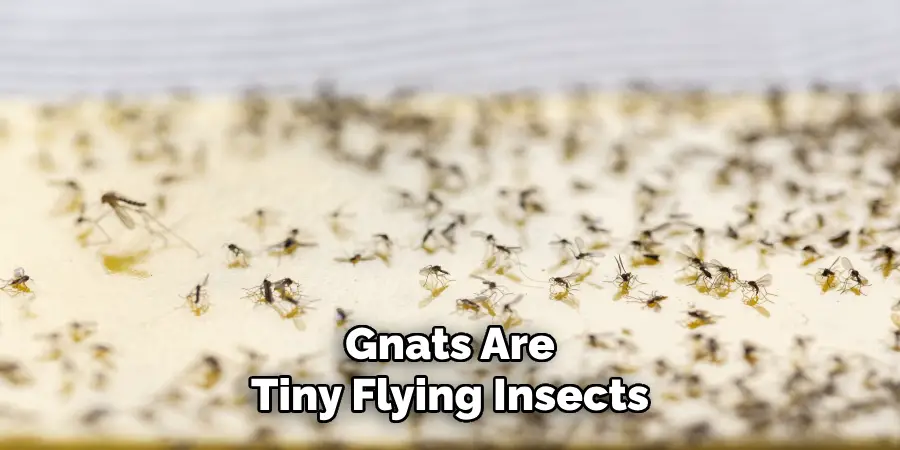
2. Switch to Yellow or Warm-Colored Lights
Gnats are particularly drawn to bright white or blue-tinted lights. You can reduce their attraction by switching to yellow or warm-colored LED bulbs, which are less appealing to insects. These “bug lights” are widely available and can make a noticeable difference in gnat activity around your indoor lighting. Not only do they reduce insect traffic, but they also create a cozy, softer ambiance for your space.
3. Keep Windows and Screens Sealed Tightly
If you’re noticing gnats around ceiling lights or computer monitors, they may be entering from outside, attracted by light visible through windows. Check all your windows for tight seals and repair any holes or tears in screens. You can also install fine mesh screens designed specifically to keep small insects like gnats out. Keeping curtains closed after dusk can help minimize the light that draws them in, especially if you live near wooded or damp areas.
4. Clean and Eliminate Moisture Sources
Gnats often breed in moist environments such as sink drains, overwatered plant pots, or damp cloths. When they enter your home and find these breeding sites, they stick around—especially if light sources keep them active at night. Routinely clean sink drains with a vinegar-and-baking soda flush, wipe down counters, and empty trash bins regularly. Ensuring there are no standing pools of water or moist areas reduces their habitat and naturally decreases their presence.
5. Install Sticky Traps Near Light Fixtures
Sticky traps can be a very useful addition, especially near wall-mounted lights, under cabinets, or beside lamps. These traps come in various shapes—some are designed to be discreet and fit right into your decor. Place them where you’ve observed gnat activity; the warmth from the light encourages gnats to get close, and the sticky surface captures them effectively. Replace them weekly to maintain their effectiveness.

6. Use Essential Oils as a Natural Repellent
Certain essential oils like citronella, eucalyptus, peppermint, and lavender are known to repel gnats and other flying pests. Mix a few drops of your chosen oil with water in a spray bottle and lightly mist areas around windows, light fixtures, and doorways. The scent acts as a natural deterrent while also leaving your home smelling pleasant. Be sure to avoid spraying directly onto bulbs or electronic devices; instead, target surfaces near them.
7. Limit Outdoor Lighting Near Entry Points
Gnats can be lured toward your home by bright porch lights and then sneak in when doors are opened. Consider reducing outdoor lighting near entry points or switching to motion-sensor lights that stay off when not in use. Another option is using amber-colored outdoor bulbs, which are less enticing to insects. Reducing exterior light pollution around doors and windows helps cut down on the number of gnats finding their way indoors.
8. Set Up a DIY Light Trap
If you want to take advantage of gnats’ attraction to light, you can create a DIY light trap. Place a bright lamp near a bowl filled with water and a drop of dish soap. Turn off all other lights in the room. The gnats will head for the only light source and fall into the bowl, drawn by its reflection. This is particularly effective at night and helps eliminate large numbers of gnats with minimal effort.
9. Limit Indoor Plant Moisture
Indoor plants can be a surprising contributor to gnat problems, especially if you’re overwatering or if the soil stays moist too long. Gnats are often drawn to the damp soil, where they lay eggs, and are then activated by indoor light. Allow soil to dry between waterings, use well-draining pots, and consider topping the soil with a layer of sand to discourage egg-laying. Keeping your plants healthy while limiting their moisture profile helps keep gnat numbers down.
10. Maintain a Clean Environment Around Electronics
Gnats are also attracted to the warmth and faint light of electronic devices like computer screens, televisions, and even routers. Keeping these areas clean is essential, especially if you often eat or drink near your electronics. Crumbs, spills, or moisture can attract gnats and encourage them to linger. Regularly wipe down surfaces around your devices with a gentle cleaner and avoid leaving cups or dishes nearby overnight.
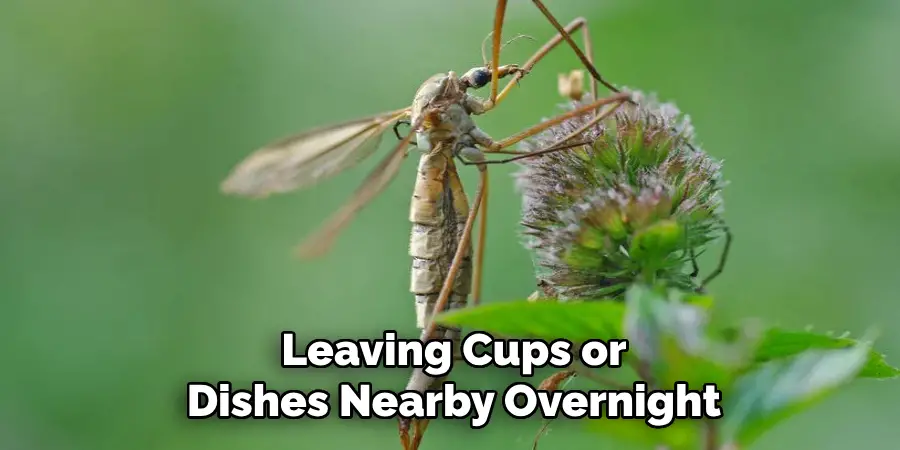
Things to Consider When Choosing Gnat Control Solutions
When selecting methods to control gnats, it is essential to assess the environment and the severity of the infestation. Start by identifying the source of the gnats, such as overly moist soil, food residue, or garbage areas. Opt for non-toxic solutions like natural repellents, particularly if you have pets or children in the household. Sticky traps or homemade vinegar traps can be effectiveAn error occurred during generation. Please try again or contact support if it continues.
Troubleshooting Common Issues
Even with effective control measures in place, some challenges may arise when dealing with gnats. One common issue is the persistence of gnats despite cleaning and trapping efforts. This often signals that the source of the infestation has not been fully addressed. Recheck areas like drains, overwatered plants, or hidden food waste for remaining breeding grounds.
Another problem could be the ineffectiveness of traps or repellents, which might require trying alternative methods or adjusting placement to better target high-traffic areas. Additionally, using overly aggressive chemical solutions can sometimes harm indoor plants or cause irritation to household members; in such cases, switching to safer, natural options is recommended. Patience and consistent monitoring are key to resolving any ongoing gnat issues.
Maintenance and Upkeep
Once the initial gnat problem has been addressed, maintaining a gnat-free environment requires consistent effort. Regularly inspect houseplants for signs of overwatering, as excess moisture is a primary attractant for gnats. Ensure trash bins are tightly sealed and emptied frequently to prevent food scraps from attracting pests. Cleaning drains and sinks periodically helps eliminate potential breeding grounds, as gnats often thrive in moist, organic buildup. Incorporating natural repellents, such as essential oil sprays or vinegar traps, can act as a preventive measure. By staying vigilant and routinely monitoring areas prone to infestation, you can significantly reduce the likelihood of recurring gnat problems and maintain a clean, pest-free home.
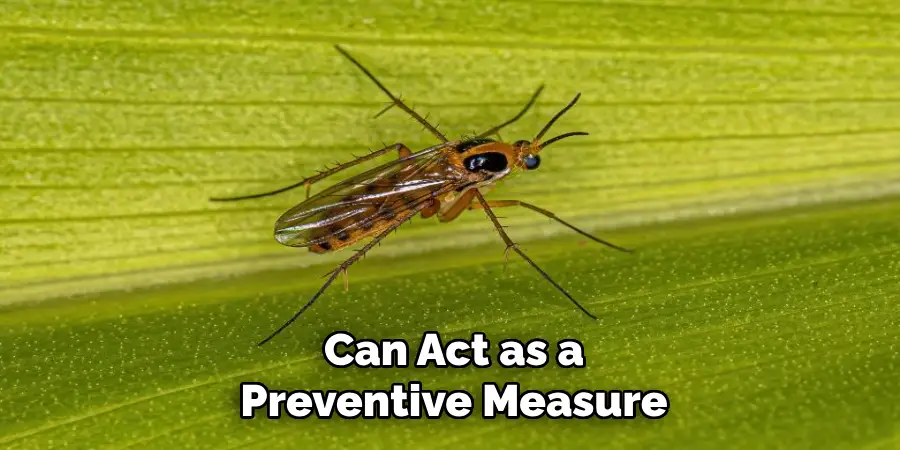
Conclusion
Gnats attracted to light are more than just a small annoyance—they can be persistent and disruptive if not dealt with properly. Fortunately, the combination of natural deterrents, light management, and good hygiene can dramatically reduce their presence. Understanding their behavior and preferences allows you to proactively prevent infestations and reclaim your peaceful indoor environment. Thanks for reading our blog post on how to get rid of gnats attracted to light! We hope you found it helpful and informative.

